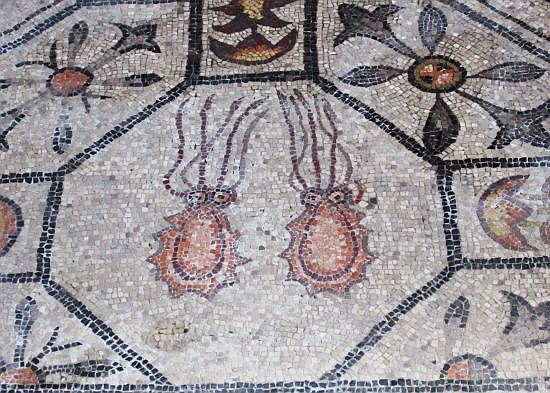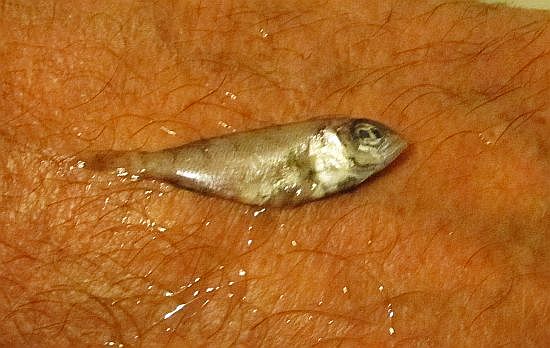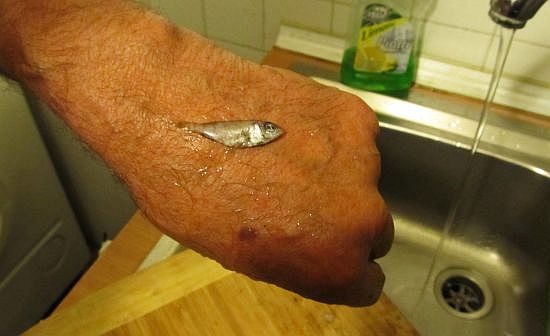
Lino is ruthless when it comes to fish. If they’re not fresh, they don’t deserve to live. Or be dead. Or anyway, be for sale.
He recognizes every symptom; as someone who has spent his life fishing in the lagoon, he knows virtually every creature, its habitat, its life story (pretty much the way he knows people), and he especially knows when the fish on sale in the Pescheria is — as they say — “tired.”
Think about it: The fish is dead, but only then does it begin to tire out. But apart from the philosophical convolutions of the point, even I can recognize fish that’s been on the ice too long. It looks worn, faded, sad; it looks like it’s been waiting in the rain at midnight for a bus that it is slowly realizing is never going to come.
So it was a happy moment at the market the other day when Lino stopped suddenly. If he had little control-panel lights they all would have been flashing “Seppie! Seppie!” And the “Seppie!” lights only flash when they are “Fresh! Fresh!”
Then a separate scary little light begins to flash: “Must Buy! Must Buy!”
So we did. A kilo of demonstrably not-tired critters came home, and Lino began what is one of his most favorite activities in the world: Cleaning fish. Catching them is the best, of course, and eating them is good, but if you want to see a happy man, you need only look at him standing at the sink sending scales flying everywhere, or at the least (as with the seppie) eviscerating them.

The best moment of all, and the reason I’m writing this little announcement, is when he pokes around to see what they’ve been eating. If there’s nothing in there, they almost certainly have been fish-farmed. They’re still fresh, but they’re not wild.
But seppie aren’t farmed, so their stomachs are a little diary of their previous few hours. I won’t list some of the ichthyological beings he has found, but the other day inspired a call from the kitchen. “Hey, look at this!” I went to see what “this” was.
It was a baby mormora (Lithognathus mormyrus). The mormora is one of my favorite fish, and I’ve seen plenty of fingerlings of various species flitting around the shallows, so its smallness wasn’t a novelty.
But I’d never seen one of these. I felt a little sorry for it — it looked a little like it might be blinking slightly and murmuring, “Where am I? Was all that just a bad dream?”
But I never express fraternal feelings toward fish anymore around Lino. Fish were created to be eaten. If the seppia hadn’t swallowed it, something or someone else would have. You might as well feel sorry for an ear of corn.
At least I’ve been able to give the little squirt a decent memorial.



2 Comments
RIP little fishy, RIP…..